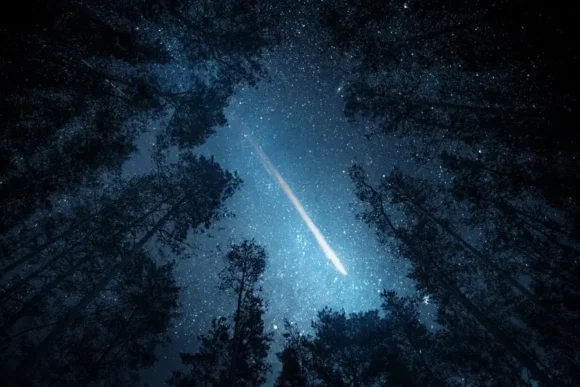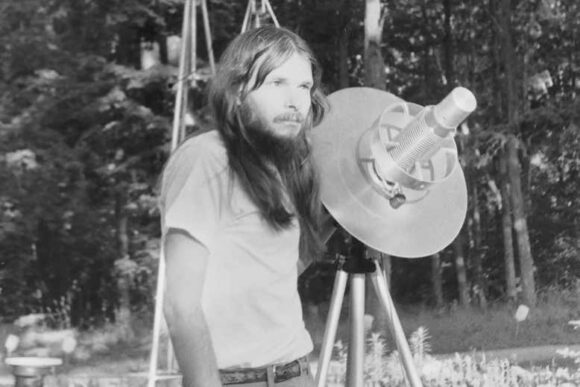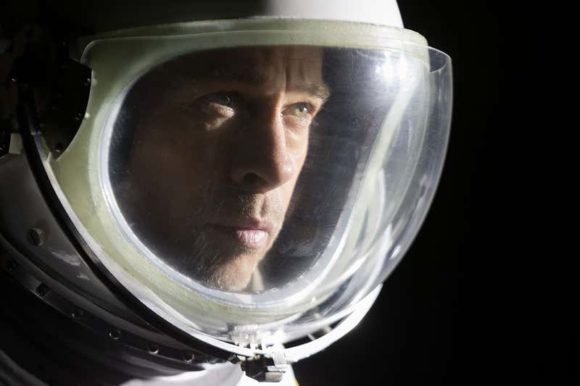Reading Interstellar by Avi Loeb for New Scientist, 30 August 2023
On 8 January 2014, a meteor exploded above the Pacific just north of Papua New Guinea’s Manus Island.
Five years later Amir Siraj, then a research assistant for Harvard astronomer Avi Loeb, spotted it in an online catalogue at the Center for Near-Earth Object Studies, part of NASA’s Jet Propulsion Laboratory.
Partway through Interstellar, Loeb explains why he thinks the meteor comes from outside the solar system. This would make it one of only three objects so identified. The first was ‘Oumuamua, detected in 2017: a football-field size pancake-shaped anomaly and the subject of Loeb’s book Interplanetary, to which Interstellar is a repetitive, frenetic, grandiose extension.
Since Interstellar was sent to press, Loeb’s team have gathered particles from the crash site and packed them off to to labs at Harvard University, the University of California, Berkeley, and the Bruker Corporation in Germany for further analysis. Metallic spherules from outside our solar system would be a considerable find in itself.
Meanwhile Loeb is publically airing a hypothesis which, thanks to an opinion piece on 10 February 2023, is already familiar to readers of New Scientist. He reckons this meteor might turn out to have been manufactured by extraterrestrials.
Already there has been some bad-tempered push-back, but Loeb does not care. He’s innoculated against other people’s opinions, he says in Interstellar, not least because “my first mentor in astrophysics… had a professional rival, and when my mentor died it was his rival that was asked to write his obituary in a prestigious journal.”
Loeb, who has spent a career writing about black holes, dark matter and the deep time of the universe, does not waste time arguing for the existence of spacefaring extraterrestrials. Rather, he argues that we should be looking for spacefaring extraterrestrials, or at any rate for their gear. Among the possible scenarios for First Contact, “a human-alien handshake in front of the White House” is the least likely. It’s far more likely we’ll run into some garbage or a probe of some sort, and only then, says Loeb, because we’ve taken the trouble to seek it out.
Until very recently, no astronomical instrument was built for such a purpose. But this is changing, says Loeb, who cites NASA’s Unidentified Aerial Phenomena study, launched in December 2022, and the Legacy Survey of Space and Time — a 10-year-long high-resolution record of the entire southern sky, to be conducted on the brand-new Vera C. Rubin Observatory in Chile. Then there’s Loeb’s own brainchild, The Galileo Project, meant to bring the search for extraterrestrial technological signatures “from accidental or anecdotal observations and legends to the mainstream of transparent, validated and systematic scientific research.” The roof of the Harvard College Observatory boasts the project’s first sky-scanning apparatus.
There’s more than a whiff of Quixote about this project, but Loeb’s well within his rights to say that unless we go looking for extraterrestrials, we’re never going to find them. Loeb’s dating metaphor felt painfully hokey at first, but it grew on me: are we to be cosmic wallflowers, standing around on the off-chance that some stranger comes along? Or are we going to go looking for things we’ll never spot without a bit of effort?
Readers of grand speculations by the likes of Freeman Dyson and Stanislaw Lem will find nothing in Interstellar to make them blink, aside maybe from a rather cantankerous prose style. Can we be reassured by Loeb’s promise that he and his team work only with scientific data openly available for peer review, that they share their findings freely and only through traditional scientific channels, and will release no results except through scientifically accepted channels of publication?
I’m inclined to say yes, we should. Arguments from incredulity are always a bad idea, and sneering is never a good look.



